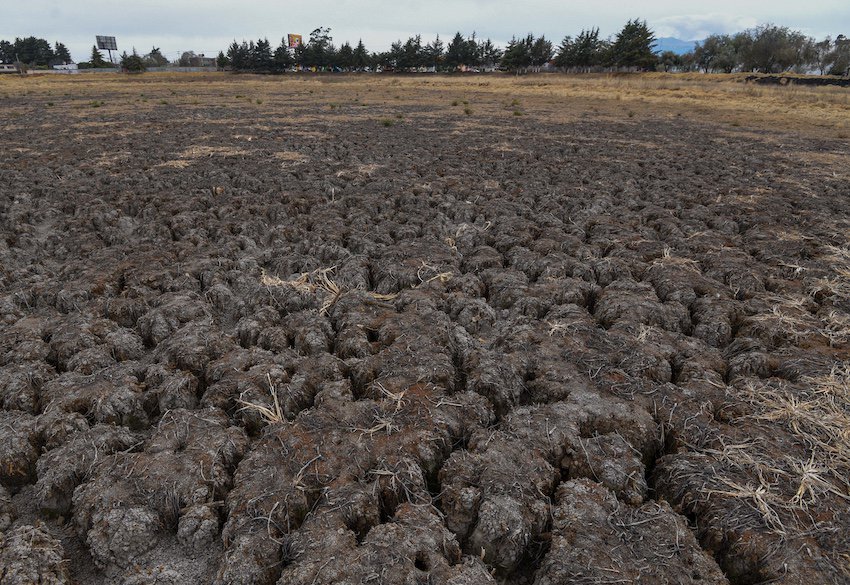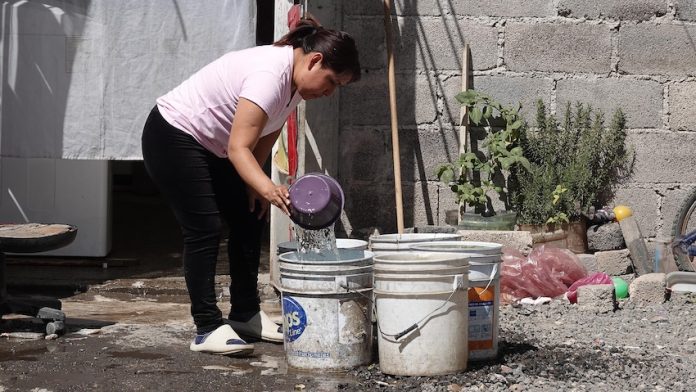“Mexico is experiencing a water crisis,” says a recent report from the Mexican Institute for Competitiveness (IMCO), pointing out that “severe, extreme and exceptional droughts” were affecting more than 1,600 municipalities around the nation as of mid-January.
By example, 284 of Mexico City’s 1,837 neighborhoods — including affluent enclaves such as Polanco and Lomas de Chapultepec — were hit with water restrictions in response to shortages in January, Some households reportedly were without piped water for six days, instead relying on deliveries from tanker trucks.

In the last two weeks of January, “below normal precipitation conditions were recorded in most of the [nation], mainly on the coasts of the Pacific slope and the central part of the country,” according to the latest data from Mexico’s Drought Monitor.
The monitor is updated every two weeks by the National Meteorological Service (SMN) and reported that 60.45% of the country suffered from moderate to exceptional drought conditions as of Jan. 31. That’s worse than the 55% at the end of December, but better than the 75% at the end of September.
IMCO wrote in its report titled “Water management is not a priority in Mexico” that “the increase in droughts is a reflection that climate change is already impacting the country.” It called the change in precipitation patterns “a reality [due to Mexico’s] average temperature increase of 1.6° Celsius in the last 40 years.”
In addition to the lack of rainfall, IMCO also said that Mexico lacks an “adequate institutional framework” to deal with more than 100 dams around the country that are below 50% capacity.

“Water infrastructure, from dams to pipes and sewage, is obsolete and deficient, detrimental to proper water management,” the report said.
IMCO called for better coordination between all of the different levels of government and agencies that have a hand in water management and investment and maintenance of water infrastructure.
Although there is a National Water Commission (Conagua), IMCO noted that there are 2,826 municipal water authorities nationwide.
“Decision-making in the water sector is fragmented between public actors — at the three levels of government — and private actors with different interests and responsibilities,” it noted. “The water crisis of recent weeks should be understood as a call to action to modernize the management of water resources in the country.”
The majority of water usage in Mexico (76%) goes towards agriculture, livestock and aquaculture, according to the report, which also noted that 15% goes to supply homes, companies, shops and other connected users with water; 5% goes to industries using water directly from aquifers; and the remaining 4% is used for electrical energy.
Although water might not yet be a top issue in the presidential campaign, “it is a more important issue than it had been in the past,” noted Óscar Ocampo, coordinator of energy and environment at IMCO. “What should [the candidates] include in the platforms? The modernization and maintenance of the existing infrastructure … especially [when] thinking about the alternative of running out of water.”
With reports from El Economista and Infobae
